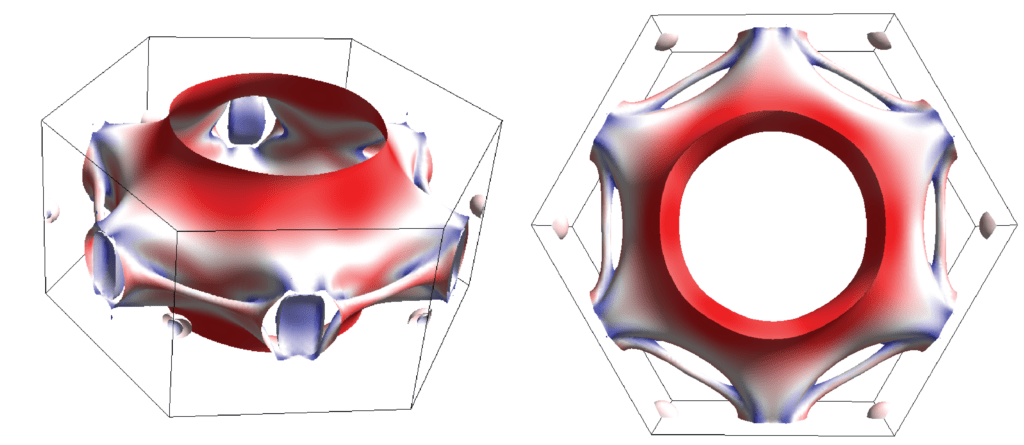Quantum Materials: the Discovery of a New State of Matter with Chiral Properties
An international research group has discovered a new state of matter characterized by the existence of a quantum phenomenon called chiral current. These currents are generated on an atomic scale by a cooperative movement of electrons, unlike conventional magnetic materials whose properties originate from the quantum characteristic of an electron known as spin and their ordering in the crystal. Chirality is a property of extreme importance in science, for example, it is fundamental also to understand DNA. In the quantum phenomenon discovered, the chirality of the currents was detected by studying the interaction between light and matter, in which a suitably polarized photon can emit an electron from the surface of the material with a well-defined spin state. The discovery significantly enriches our knowledge of quantum materials, on the search for chiral quantum phases and on the phenomena that occur at the surface of materials. The discovery of the existence of these quantum states may pave the way for the development of a new type of electronics that employs chiral currents as information carriers in place of the electron’s charge. Furthermore, these phenomena could have an important implication for future applications based on new chiral optoelectronic devices, and a great impact in the field of quantum technologies for new sensors, as well as in the biomedical and renewable energy fields. Born from a theoretical prediction, this study directly and for the first time verified the existence of this quantum state, until now enigmatic and elusive, thanks to the use of the Italian Elettra synchrotron. Until now, knowledge about the existence of this phenomenon was limited to theoretical predictions for some materials. Its observation on the surfaces of solids makes it extremely interesting for the development of new ultra-thin electronic devices. The research group, which includes national and international partners including the Ca’ Foscari University of Venice, the SPIN Institute, the CNR -Materials Officina Institute and the University of Salerno, investigated the phenomenon of a material already known to the scientific community for its electronic properties and superconducting spintronics applications, but the discovery has a broader scope, being much more general and applicable to a vast range of quantum materials. These materials are revolutionizing quantum physics and the current development of new technologies, with properties that go far beyond those described by classical physics. The study was published in the prestigious journal Nature. Full link: https://www.nature.com/articles/s41586-024-07033-8
Quantum Materials: the Discovery of a New State of Matter with Chiral Properties Read More »



